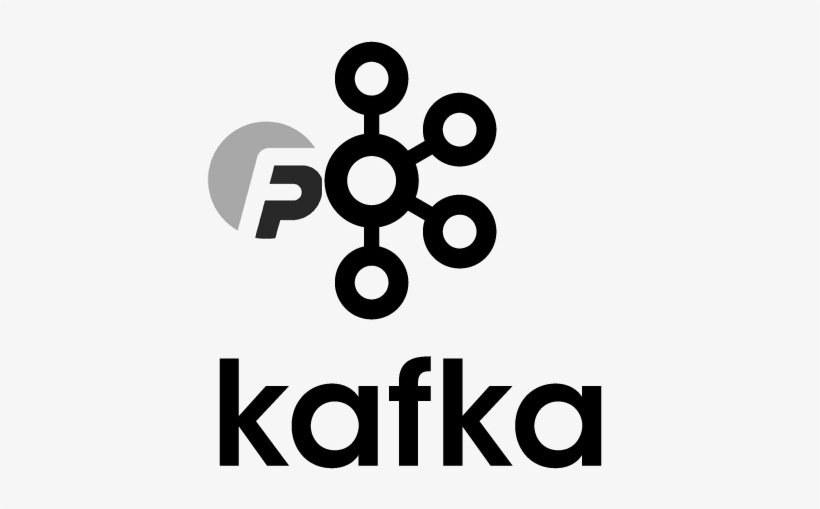Introduction
Apache Kafka, known for its high-throughput, fault-tolerant, and low-latency capabilities, has become the go-to technology for real-time data streaming. With its distributed design, Kafka offers immense scalability. However, effectively scaling Kafka to accommodate growing data volumes is not without its challenges. This post is designed to guide you through various strategies to effectively scale Kafka, balance loads efficiently, and optimize performance.
- Partitioning for Improved Throughput
Kafka’s message streams, known as topics, are divided into partitions, each with an ordered, immutable sequence of records. As the load grows, you can add more partitions to a topic, providing a direct way to scale your Kafka solution.
# Increase number of partitions
kafka-topics --zookeeper localhost:2181 --alter --topic my-topic --partitions 10In the above command, we’ve increased the number of partitions for my-topic to 10. More partitions enable more consumer instances for a topic, improving throughput. However, remember to balance this against potential overheads.
- Replication for Fault Tolerance
Replication, the process of duplicating data across multiple brokers, boosts both Kafka’s fault tolerance and request serving throughput. You can set a replication factor for each topic.
# Create a topic with replication
kafka-topics --create --bootstrap-server localhost:9092 --replication-factor 3 --partitions 3 --topic my-replicated-topicThis command creates a topic my-replicated-topic with three partitions and a replication factor of 3.
- Understanding the Producer Configurations
Properly configuring producers can help improve Kafka’s performance. Here, we’ll set linger.ms and batch.size.
Properties props = new Properties();
props.put("bootstrap.servers", "localhost:9092");
props.put("linger.ms", 5);
props.put("batch.size", 200);linger.ms=5 means that the producer will wait for up to 5ms to allow batching records together. batch.size=200 means that once we have 200 bytes ready to be sent, the producer will send them, regardless of linger.ms.
- Understanding Consumer Configurations
Optimal consumer configurations play a crucial role in maintaining system performance and ensuring successful scaling. One such configuration parameter is fetch.min.bytes.
Properties props = new Properties();
props.put("bootstrap.servers", "localhost:9092");
props.put("fetch.min.bytes", 50000);Here, fetch.min.bytes=50000 means the consumer will wait until 50KB of data is ready to be consumed from Kafka.
- Optimal Usage of Consumer Groups
Kafka consumers read from topics and are organized into consumer groups for each service consuming from Kafka. By effectively dividing consumers into logical groups, we can ensure the load is distributed and data is consumed efficiently.
Properties props = new Properties();
props.put("group.id", "consumerGroup1");This command sets the consumer group id to consumerGroup1. All consumers with the same group.id belong to the same consumer group.
- Monitor Performance with JMX
Java Management Extensions (JMX) can be used to monitor the Kafka broker’s performance. It can provide detailed metrics on traffic, resource consumption, and much more.
# Run Kafka with JMX
KAFKA_JMX_OPTS="-Dcom.sun.management.jmxremote -Dcom.sun.management.jmxremote.authenticate=false -Dcom.sun.management.jmxremote.ssl=false " \
kafka-server-start /usr/local/etc/kafka/server.propertiesIn this command, we’ve started the Kafka server with JMX options for remote access with no authentication or SSL.
- Optimizing OS and Kafka
The operating system settings can also be tweaked for better performance. An important setting is the number of maximum open files allowed by the OS.
# Checking the limit
ulimit -n
# Setting the limit
ulimit -n 1000000These commands get and set the limit for the maximum number of open files allowed by the OS.
- Leveraging Log Compaction
Kafka’s log compaction feature retains the latest update for each record key within a topic’s partitions, which can reduce the data that needs to be processed.
# server.properties
log.cleanup.policy=compactHere, we set the log.cleanup.policy to compact, which enables log compaction.
- Scaling Out
If increasing partitions and replication isn’t sufficient, another alternative is to scale out—add more brokers to the Kafka cluster.
# server.properties
broker.id=<unique-id>For each new broker, specify a unique broker ID.
- Monitoring with Kafka’s Tools
Kafka provides built-in tools to help monitor system health and performance.
# Check under-replicated partitions
kafka-topics --describe --under-replicated-partitions --zookeeper localhost:2181This command displays any under-replicated partitions, which could indicate a performance issue.
Conclusion
Optimizing and scaling Kafka is a multi-faceted process involving a deep understanding of both Kafka’s features and your application requirements. Through careful planning and continued monitoring, Kafka can be effectively tuned and scaled to accommodate even the most demanding real-time data streaming workloads.
Remember, the best way to maintain optimal performance is to constantly monitor and adjust your configurations according to your evolving needs. With the strategies provided in this guide, you’re now equipped with the knowledge to navigate the scaling process and make the most out of your Kafka deployment.












